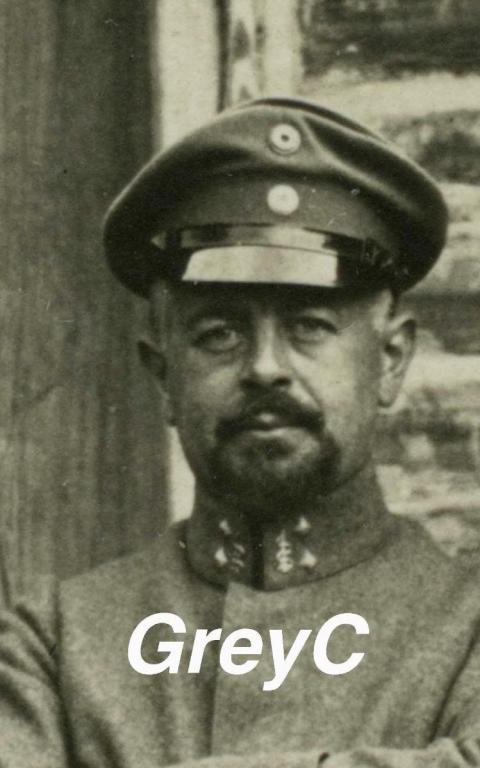-
Posts
923 -
Joined
-
Last visited
-
Days Won
6
Content Type
Profiles
Forums
Blogs
Gallery
Events
Store
Everything posted by GreyC
-

Unknown Medal
GreyC replied to Bernd Stephan's topic in Germany: Weimar Republic & Deutsche Freikorps
Hi, might be a Freikorps decoration. Without crown and skull it would resemble the Deutschritter Kreuz award given out by the Detachment Randow https://de.wikipedia.org/wiki/Detachement_von_Randow -
Thank you, Andreas, that is correct. He was already mentioned here: The Prussian and Glenn helped with the biographical details: Hans Kolbe, geb. 11.5.82 Diensteintritt April 1900. RL 1904: Lt.z.S. auf "Kaiser Wilhelm II" RL 1907: Olt.z.S. auf Torpedoboot "S124" RL 1909: auf Torepedoboot "Taku" RL 1911: Kp.Lt. Marinestation der Ostsee RL 1912: auf Torpedoboot "G192" Februar 1915 Chef 2. Torpedo-Halbflottille April 1917 Chef 3. Torpedo-Halbflottille bis Kriegsende Korvettenkapitän 21.1.20 (vergleichbar mit Major im Heere) Fregattenkapitän 1.5.25 (~ Oberstleutnant) Kapitän z.S. 1.1.28 (~ Oberst) Orden (gem RL 1918): RAO4, Hohenzollern Ritterkreuz m. Schw., EKI, LübH Das DAK für 25 Jahre würde 1924 auch passen. so: EKII, Hohenzollern, RAO, DAK, Mecklenburg, Lübeck Der Letzte ist der schwedische Wasa-Orden (Ritterkreuz 2.Kl.), den hatte er laut RL 1914: https://de.wikipedia.org/wiki/Wasaorden Herr Kolbe hat sich auch eine Wikiseite gegönnt: https://de.wikipedia.org/wiki/Hans_Kolbe_(Landrat) Und er war auch im GMIC in Behandlung: https://gmic.co.uk/topic/44238-vizeadmiral-hans-kolbe/
-
There were 4 gentlemen by the name of T-F. listed in Berlin in 1912, neither a Curt nor a Fritz among them. Maybe he lived in one of the surrounding cities like Potsdam or Spandau, etc. He did not live in Darmstadt, the place of the Falken-Verlag he took over from his relative Curt in 1917/18 in 1912 either. GreyC
-
The none photo items are called Zipfel and are a token of friendship between members of Burschenschaften (student´s society). There were different Zipfel for different occasions, but I am not into the subject enough to make out the differences. This is from the Wintersemster 1919 Leipzig University. GreyC
-
Hi, Glenn said most of what could be said. However, let me add a tiny bit of information and three photos: The Landwehr NCOs and other ranks did have the same uniform as the line units, however they were distinguished from them by way of cockade, which had the Landwehrcross on it (1st photo). The Pickelhauben also had a Landwehr-cross on it. See attached photo from Kürassier Regiment 7. The Rittmeister of the Landwehr-Provinzial Kavallerie with visor cap does not wear the Landwehr-cross on cockade and the number of the Army Corps on his shoulder-piece, so I was told. GreyC
-
Yes, but not because of biological reasons, if that´s what you are getting at. When he was in the army the leniency in the wake of the war of 1870/71 with regard to letting Jewish Einjährige be promoted to Reserve-Offiziere was gone. As I wrote before, from 1885 onwards till September 1914 no Jewish Reserve-Offiziere were allowed in the Prussian army. He probabbly served in the early 1890s and even if it is correct that he served with a Bavarian unit his reserve time and then Landwehr-service was most probable in a Prussian unit. Hence no officer´s patent. „.. and let us not forget the thousands of, formerly Jewish, Officers who had (themselves or their parents) converted to Christianity.“ Quite, right! Though strictly speaking they were no longer considered Jews, officially. Which didn´t spare them antisemetic sentiment within the army. As Kuno Graf von Westarp put it in 1935 looking back on his time as reserve-officer in the imperial army: „Unsere grundsätzliche Gegnerschaft gegen jüdische Offiziere beruhte indessen nicht so sehr auf religiösen als auf völkischen Gründen. Angehörige der jüdischen Rasse sollten und könnten den deutschen Soldaten nicht kommandieren." „Our fundamental opposition against Jewish officers is based not so much on religious grounds as it is based on racial grounds. Members of the Jewish race should never and could never command the German soldier." GreyC
-
Hi saxcob, thank you for your comment. I checked and indeed between 1871-1918 there were never more Jews than 1,25 % of the German population. I misinterpreted the text. However that does not change the antisemetism of the German officer´s corps and the abscence of active and reserve-officers in the German army from 1885. GreyC
-
Hi, antisemitism in the Prussian/German army was a fact. The link below leads to a summary on the antisemetic stance of politicians and the German military towards the German Jewish population. The German military conducted a statistical survey in 1916 to determine how many Jews were serving in the Imperial army: https://de.wikipedia.org/wiki/Judenzählung 17,3 % of the German population was Jewish and over all the same percentage was found to serve in the German army. So there was no reason to blame Jews for being cowards or the like. HOWEVER: According to military historian Christian Stachelbeck there were 51 000 active officers and 226 000 reserve officers in the German army. So 277.000 total. As far as I know there were only 2000 Jewish military officers in the imperial army (besides roughly 12.000 medical doctors, pharmacists, Militär-Beamte with officers rank according to WIKIPEDIA, if these numbers hold. According to an article in the Spiegel even only 3000 officers, doctors and Militärbeamte). Now I don´t call that many, not even proportionate, even if you add the doctors etc. and go with the higher WIKIPEDIA numbers. The facts show: although the German Jews were proportionally represented in the German army, the percentage of Jewish officers was well below of what could or should have been. Major der Artillerie Meno Burg was the only Stabsoffizier (Major or higher) in the Prussian army during the 19th century. According to the Spiegel, from 1885 on there were no jewish Reserveoffiziere in the Prussian army until the start of the war. https://www.spiegel.de/geschichte/juedische-soldaten-in-deutschen-armeen-grausame-taeuschung-a-946547.html And this, although from 1880 to 1909 between 25.000-30.000 Jews served in the military as Einjährige, who overwhelmingly ended up as Reserveoffiziere - normally. https://www.grin.com/document/430851 Only in 1914 were Jews allowed to become officers due to the strains the war put onto the German officer´s corps. So it is not doubtful, that he was not allowed to be promoted to officer status. Until 1914 it was against the regulations of the army! So what your grandfather might have experienced is not the rule, the officers in his regiment must have been promoted after 1914 and if there were many, it was not the norm. GreyC
-
Well, the Kaiser-Wilhelm Akademie had university-status (had to have it, as they taught medicine on an academic level), the professors at the Academy were delegated active professors at the Berlin University. So the Abitur (Reifezeugnis) for the students was a "must" no matter were they studied medicine. GreyC
-
A medical officer for the regular medical units was always a medical doctor. The ones from the Reserve or Labwehr could have studied human medicine anywhere, the professional medical officer (medicine for humans) studied here: https://de.wikipedia.org/wiki/Pépinière There were also pharmacists and vets, they were academics, too. GreyC




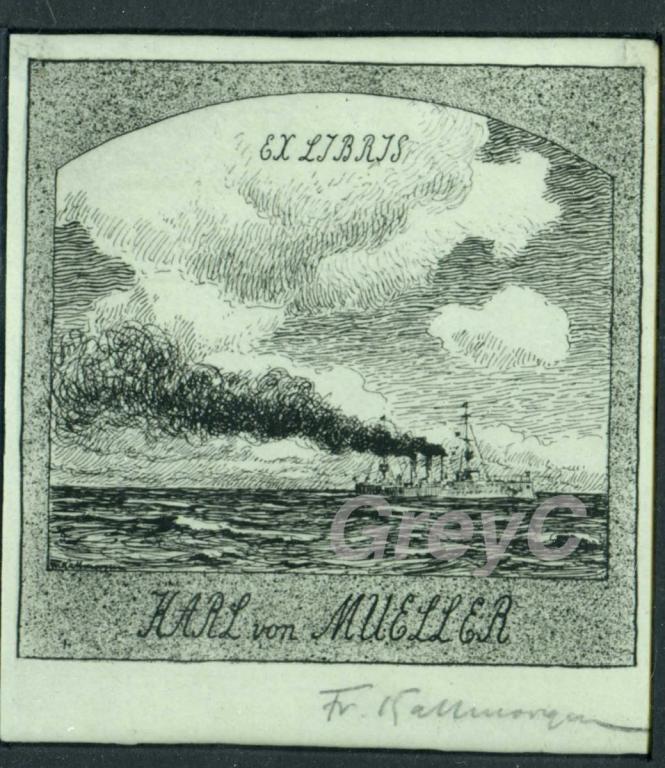
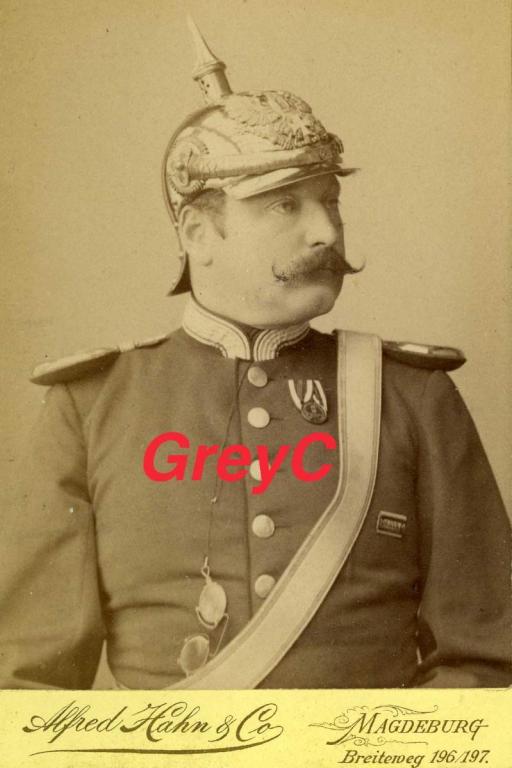

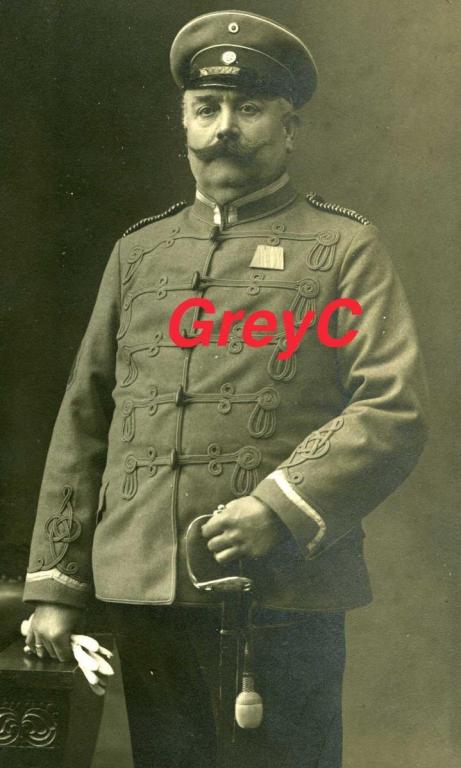
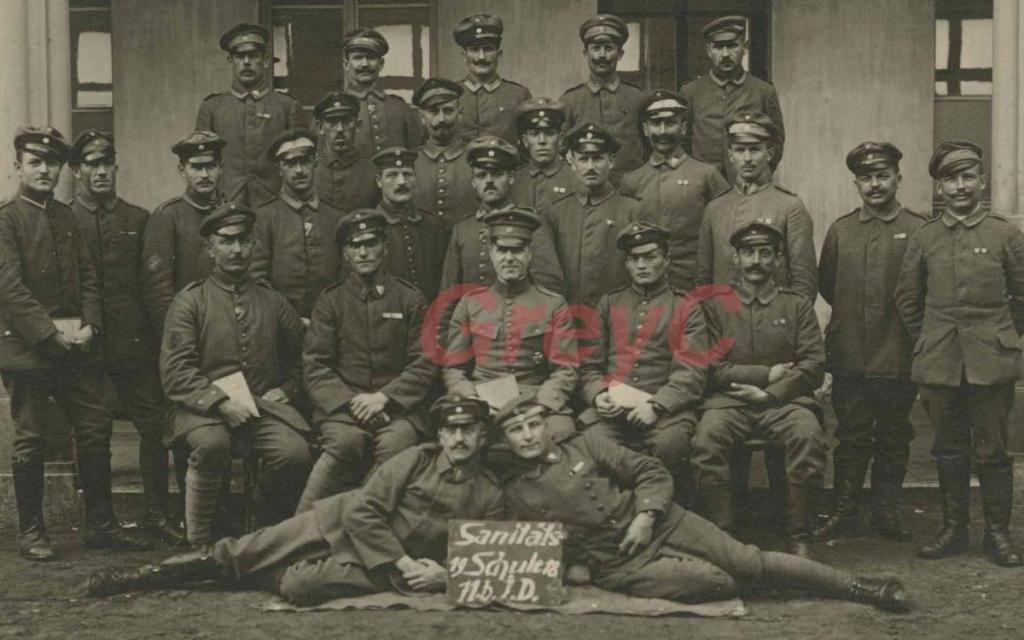
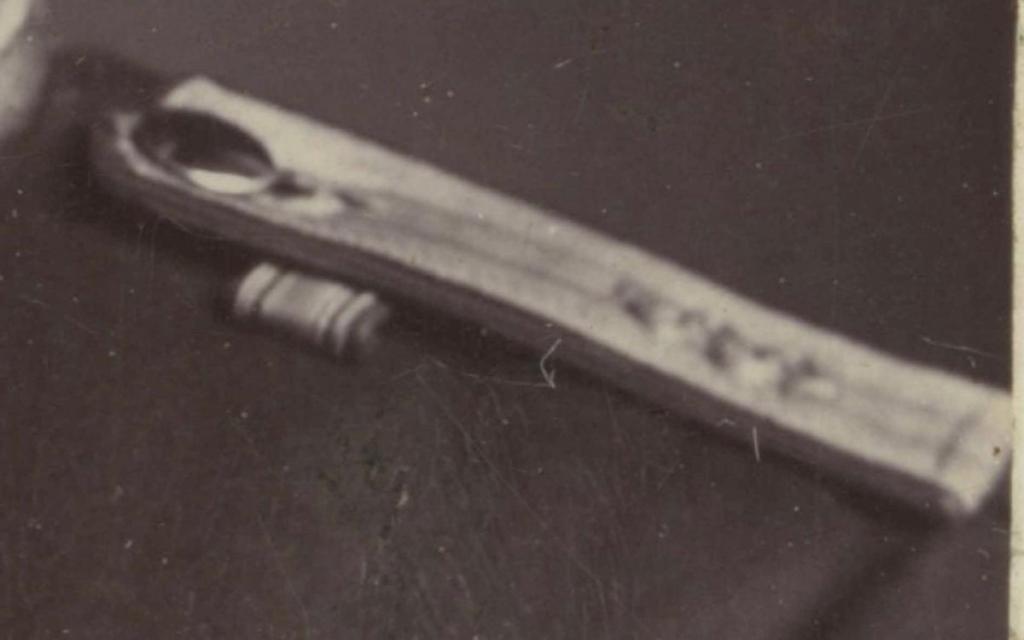
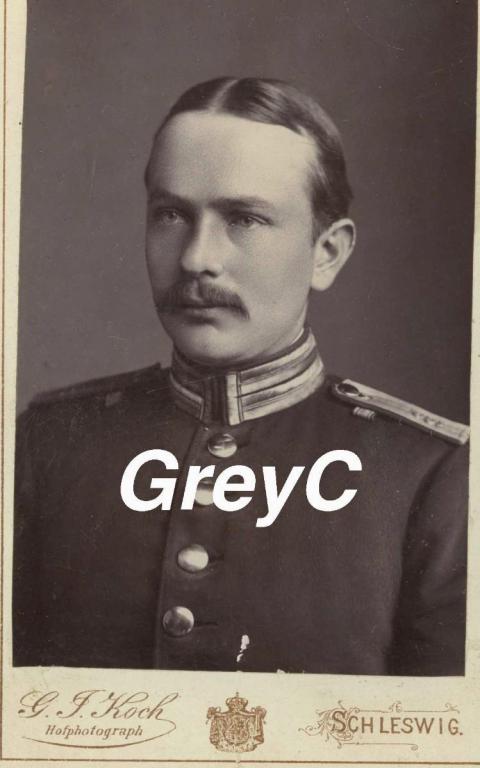
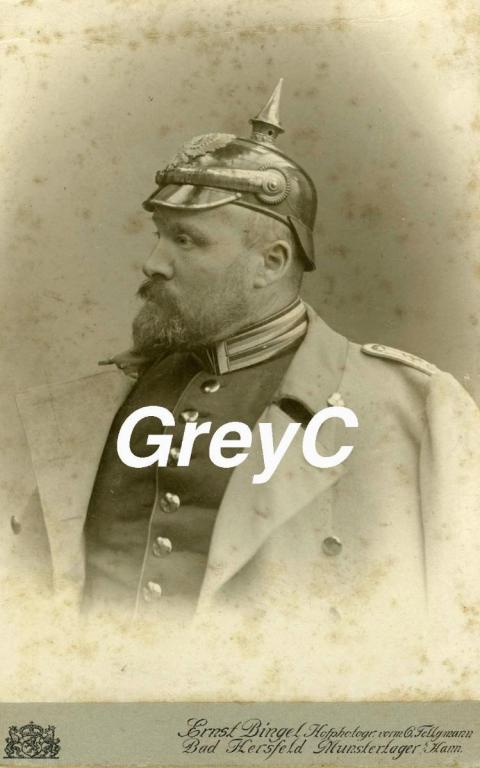
_Dkop.thumb.jpg.fc0db01ea0dbc06569d25bb64e3f0818.jpg)
